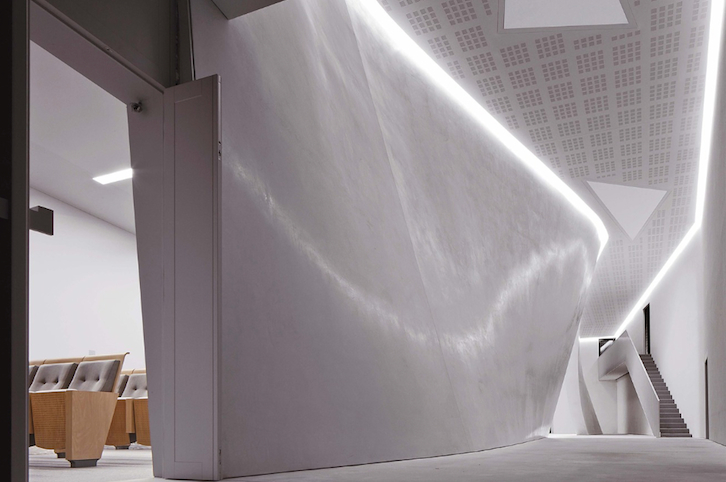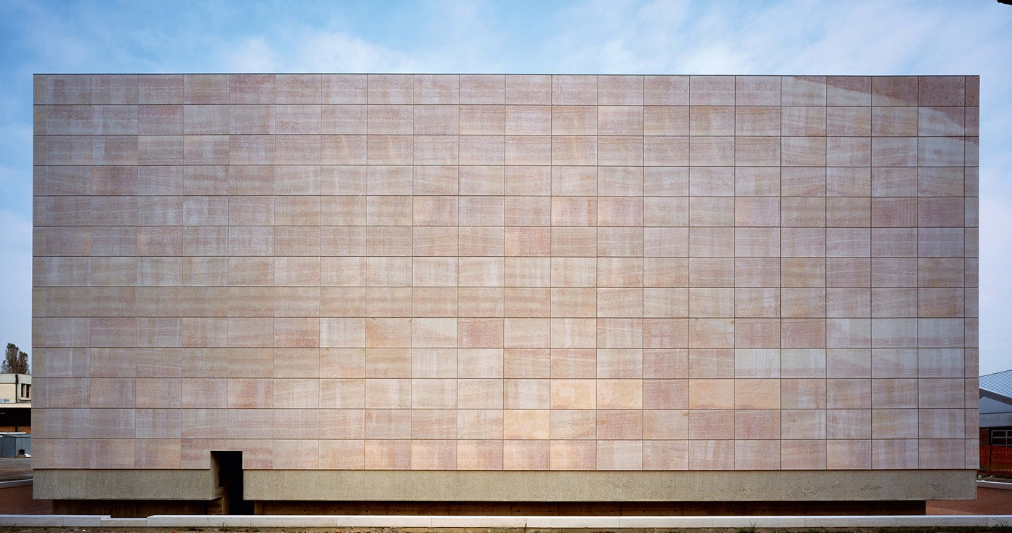 Some of the world’s most beloved cities are cherished for their architectural associations with a particular period: the 19th-century luminosity and grands boulevards of Paris, the imperialism of Rome, the 20th-century modernism of New York. Some cities have a harder time than others showcasing their contemporaneity in the face of such an illustrious architectural past. So has it been with Venice, adored for the romantic desuetude that clings to its Renaissance beauty.
Some of the world’s most beloved cities are cherished for their architectural associations with a particular period: the 19th-century luminosity and grands boulevards of Paris, the imperialism of Rome, the 20th-century modernism of New York. Some cities have a harder time than others showcasing their contemporaneity in the face of such an illustrious architectural past. So has it been with Venice, adored for the romantic desuetude that clings to its Renaissance beauty.
The city’s 3,200 listed monuments form the largest collection of UNESCO world cultural heritage sites – and yet alongside its celebrated antiquity, Venice has been championing contemporary art since the inception of the first Biennale in 1895.
Noted for its introduction of Abstract Expressionism in the 1950s, the Biennale has been a seminal influence in the direction and trends of postmodern art, while also exercising authority in the fields of film and architecture with the Venice Film Festival and the Venice Biennale of Architecture.
Directed by Rem Koolhaas, the 14th edition of the Architecture Biennale runs through the 23rd of November 2014. Attendees, as well as armchair aficionados of architecture, will be happy to encounter the newly-published Architectural Guide: Venice, which provides visitors with a series of walks and boat trips designed to showcase the city’s post-1950s architecture that is too often overlooked.
Organized around the “sestieri,” the six central districts of Venice, the book examines both new and converted buildings, including residential developments, dockside warehouses, museums along the Grand Canal, and works by celebrated architects such as Tadao Ando, David Chipperfield, Carlo Scarpa, and Koolhaas. Authors Clemens F. Kusch and Anabel Gelhaar also include incisive commentary on the Biennale pavilions from the past six decades.
The perspicacity of the authors and their discerning viewpoint affords an insider’s perspective onto these postwar works. One of the volume’s many attributes is a complete chapter on the temporary buildings and unrealized designs of architects such as Frank Lloyd Wright, Le Corbusier, and Louis Kahn.
The authors also address the challenges of construction in modern-day Venice and the controversies surrounding projects such as the flood protection pontoons. An entire chapter is devoted to residential construction on Giudecca and another to living and studying in the north.
An invaluable architectural resource that corrects an historical oversight in the world’s largest open-air museum, Architectural Guide: Venice serves as a practical travel guide for travelers desirous of discovering the pleasures of contemporary architecture amidst La Serenissima.
Part of the Architectural Guides series by DOM publishers, the 270-page softcover guide includes more than 400 illustrations and is available in English, French, and Italian.

























